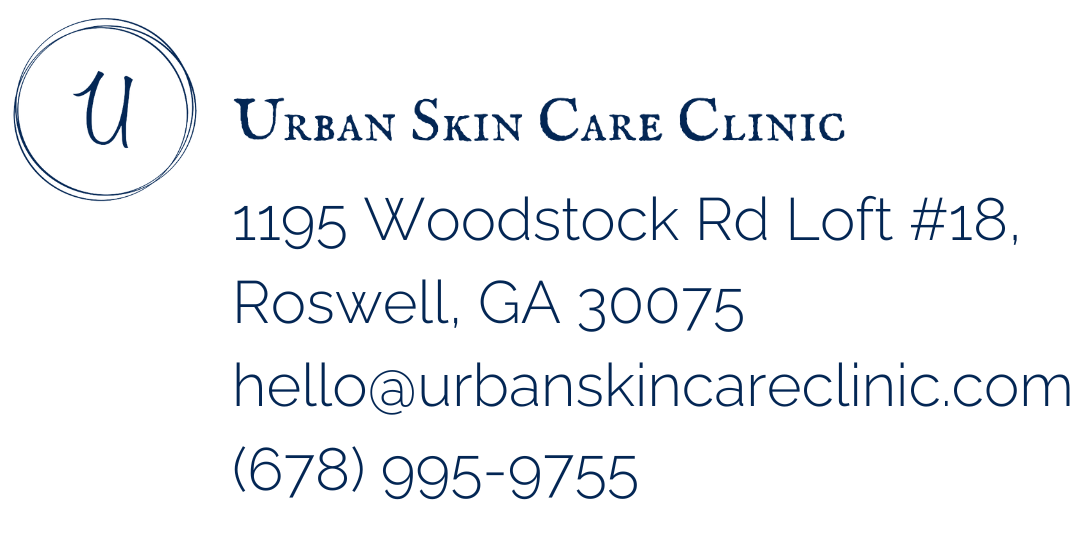Foods to eat and avoid for acne
To end Acne Awareness Month, I have prepared some notes about diet and its connection to acne. Now, I'm not talking about eliminating foods or food groups completely, you want to talk to your doctor about that. Here, I am suggesting cutting back and reducing certain food items while guiding you on what are acceptable substitutes and what you should incorporate into your diet.
Acne is complex, as we all know, and depends on a combination of genetics, hormones, environmental influences... but what is less talked about is its link with diet. Dermatologists have often recommended elimination diets to see how it would affect the skin but what about the reverse? Do acne-fighting foods exist? Well, yes, they do exist.
Food groups to enjoy to help you fight acne
First on the list is Omega 3, these fatty acids which are healthy unsaturated fats keep your immune system healthy. They're found in fatty fish such as salmon, mackerel, anchovies, and trout. You'll also find Omega 3 fatty acids in eggs, flax seeds, walnuts, white fish, and blueberries. Deep leafy greens like spinach, kale, watercress, mustard seed, hemp seed, brussel sprouts, winter squash, and navy beans.
Anti-inflammatory support foods and beverages
Turmeric, ginger, green tea (specially matcha is acne safe), Ceylon cinnamon. Foods high in Vitamin B like cremini, mushrooms, tuna, chicken breast, leafy greens, and asparagus are all very good choices for acne-pron skin types to incorporate into their diet.
Acne-prone skin types and individuals have shown a deficiency in selenium so here are some examples of antioxidant rich foods high in selenium:
Brazil nuts
Pinto beans
Halibut
Wild-caught salmon
Oats
Navy beans
Chicken
Spinach
Foods to reduce and substitutions
You want to reduce milk and dairy in general, but milk including organic and especially nonfat. Substitute milk with almond milk, coconut milk, or rice milk.
Reduce cheese and substitute with nut cheese.
Reduce whey or soy protein shakes and protein bars, and substitute with pea protein, egg white powder, and try to reduce soy, tofu, soy milk.
You want to reduce seafood such as shellfish, cod, scallops, and you want to substitute your seafood with freshwater fish like lake trout, bass, and catfish.
Reduce spirulina, chlorella, Blue Green Algae, kelp, miso soup, seaweed supplements, vitamins with iodides, iodine, and kelp potassium iodide. Also, avoid biotin and B 12 vitamins if you're acne prone. You also want to avoid peanuts, peanut butter, peanut oil, corn oil, canola oil, and organ meats including pate. What is acceptable is almond butter or other nut butters (not peanut butter). Olive oil, and coconut oil are safe as well.
Foods that cause inflammation are:
Trans fats
Cakes
Pies
Cookies
Biscuits
Breakfast
Sandwiches
Butter crackers
Microwave popcorn
Cream filled candy donut
Overheated fats
Baked foods
Fried food
Excess sugar
All around, a well balanced low glycemic diet can support all aspects of health including your skin.
I hope you enjoyed reading. Let me know your thoughts over on Instagram or Facebook and I will be back next week with another article.


